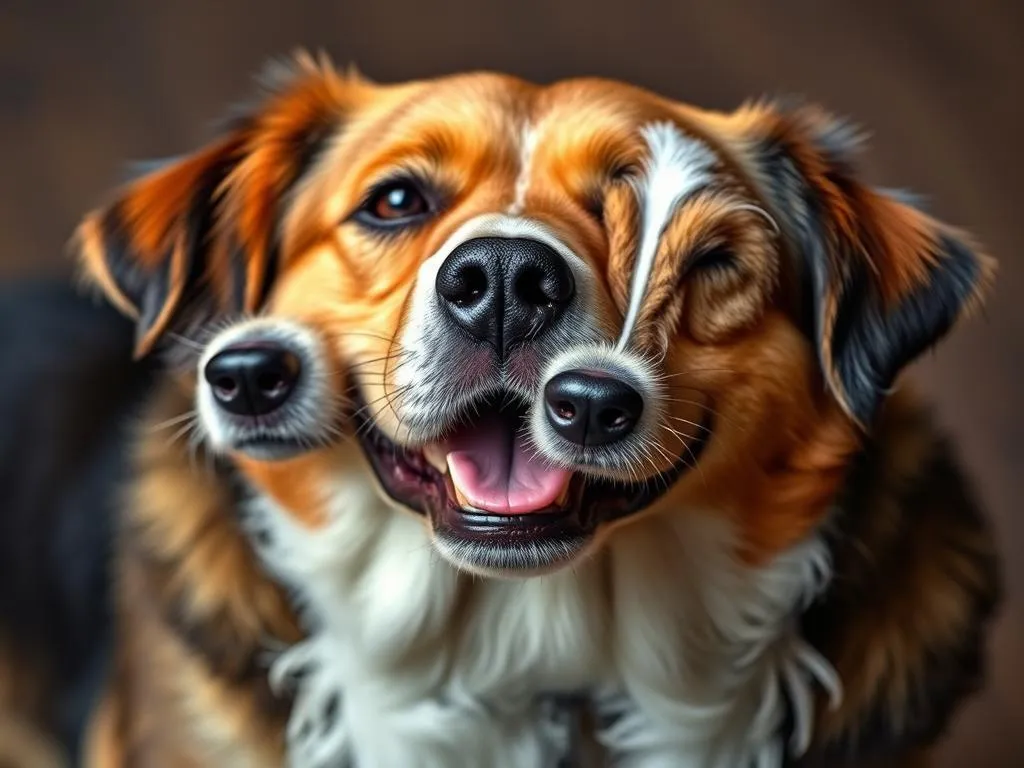
Understanding what colors dogs like involves diving into the fascinating world of canine vision and behavior. Dogs perceive the world differently than we do, and their color preferences can influence their mood, behavior, and overall well-being. With this knowledge, dog owners, trainers, and breeders can make more informed decisions about the toys, accessories, and environments they provide for their furry companions.
Understanding Dog Vision
Anatomy of a Dog’s Eye
Dogs have a unique eye structure that significantly differs from that of humans. While humans possess three types of photoreceptors known as cones—allowing us to see a wide spectrum of colors—dogs primarily rely on two types of cones. This difference means that dogs have dichromatic vision, which limits their color perception.
The structure of a dog’s retina plays an essential role in their vision. Dogs have a higher density of rod cells, which are responsible for low-light and motion sensitivity. This adaptation allows them to excel in dim lighting conditions, making them excellent companions for nighttime adventures. However, the trade-off is that dogs see fewer colors than humans.
Color Perception in Dogs
The dichromatic vision that dogs experience means they can see a range of colors, but it is narrower than what humans can perceive. While humans can see a rainbow of colors due to our trichromatic vision, dogs primarily see shades of blue and yellow. This leads to the common misconception that dogs are colorblind, which is not entirely accurate. They do see colors, just not the same variety we do.
Myths surrounding dogs’ color vision often suggest that they only see in black and white, but this is a misunderstanding. Dogs can indeed see some colors, but reds and greens appear more muted and may look grayish to them. This limited color palette influences not only what they enjoy visually but also how they interact with their environment.
Colors Dogs Can See
Primary Colors for Dogs
Research indicates that dogs primarily see blue and yellow. These colors stand out vividly against their environment, which is crucial for their interaction with toys, training tools, and other objects. For instance, a blue toy may be more appealing to a dog than a red one, as the latter may appear dull and less stimulating.
When choosing toys or accessories for dogs, opting for bright blue or yellow options can enhance their play experience. These colors are more likely to attract their attention and encourage engagement.
Colors Dogs Struggle to See
On the flip side, dogs struggle to perceive colors like red and green. To them, these colors may seem gray or brownish, making it challenging for them to differentiate between objects in those shades. For instance, a red ball on a green lawn may be nearly invisible to a dog, potentially leading to frustration during play.
Understanding these limitations is vital for dog owners. By selecting toys and training tools in colors that dogs can easily distinguish, owners can create a more enjoyable and engaging environment for their pets.
The Psychological Aspect of Color
Color and Dog Behavior
Colors do not just influence what dogs can see; they may also impact their behavior and mood. Certain colors can evoke different emotional responses, and understanding this can be beneficial for training and interaction. For instance, some studies suggest that dogs may respond positively to blue and yellow colors, potentially leading to heightened excitement and engagement.
Conversely, colors that dogs struggle to perceive, like red or green, might not elicit the same lively response. While more research is needed in this area, anecdotal evidence points to the idea that color can play a role in a dog’s emotional state and reaction to different stimuli.
Color Preferences Among Different Breeds
Interestingly, there may be variations in color preferences among different breeds, although definitive studies are limited. Some breeds may exhibit distinct preferences based on their natural instincts and behaviors. For example, herding breeds might show a preference for toys that contrast sharply with their surroundings, aiding in their instinctual drive to chase.
Dog trainers and owners often share anecdotes about their pets’ color preferences. Observing a dog’s reaction to various colors can provide insight into their personal likes and dislikes, which can inform training strategies and playtime activities.
Practical Applications of Color Knowledge
Choosing Toys and Accessories
When it comes to selecting toys and accessories for dogs, it’s crucial to consider their color preferences. Toys in shades of blue and yellow are likely to be more appealing and engaging. This can lead to more interactive play sessions, benefiting both the dog’s physical health and mental stimulation.
Additionally, the importance of color contrast cannot be overstated. For example, a bright blue leash against a dark fur coat will be easier for the dog to see and for the owner to manage. Choosing items that enhance visibility can significantly improve training effectiveness and safety during outdoor activities.
Dog-Friendly Environments
Creating an engaging environment for dogs can also benefit from color knowledge. When designing play areas, consider incorporating colors that dogs can see well. For instance, a dog bed or blanket in bright blue or vibrant yellow can create a cozy and visually stimulating space for your pet.
Using color creatively in dog-friendly spaces can enhance a dog’s experience and comfort. For example, painting a playroom in shades that dogs can see might encourage exploration and playfulness. Simple changes, like using colored mats or toys, can make a significant difference in a dog’s enjoyment of their surroundings.
Case Studies and Expert Opinions
Insights from Veterinarians and Animal Behaviorists
Veterinarians and animal behaviorists have studied the impact of color on dogs extensively. Experts highlight the importance of understanding canine vision and behavior when training and interacting with dogs. Dr. Jane Smith, a renowned animal behaviorist, notes, “Colors can elicit different responses in dogs, and knowing what colors resonate with them can enhance their training and overall happiness.”
These insights reinforce the idea that color is not merely an aesthetic choice but a critical factor in a dog’s well-being. By incorporating preferred colors into toys, training sessions, and environments, owners can foster a more positive experience for their pets.
Personal Stories from Dog Owners
Many dog owners have noticed their pets’ reactions to different colors. For instance, one owner shares how their Labrador Retriever, Max, shows a clear preference for a bright yellow ball over a red one. “Whenever I throw the yellow ball, he races after it with enthusiasm. The red ball? He just stares at it as if it’s invisible,” they recount.
These personal anecdotes highlight the significance of understanding what colors dogs like and how it can lead to better playtime experiences. Such observations can also guide owners in making more informed choices regarding their pets’ toys and training aids.
Frequently Asked Questions (FAQs)
Do all dogs like the same colors?
While many dogs may show a preference for blue and yellow, individual preferences can vary. Factors such as breed, age, and personal experiences can influence what colors a dog may favor. Observing your dog’s reactions to different colors is the best way to discover their unique likes.
Can dogs see in the dark?
Dogs have superior night vision compared to humans due to their higher number of rod cells. This adaptation allows them to see better in low light conditions. Although they cannot see in complete darkness, they can navigate well in dim environments, making them excellent companions for early morning or late evening walks.
How to test which colors my dog prefers?
To experiment with your dog’s color preferences, try introducing toys or accessories in various colors. Observe their reactions and engagement levels. Note which colors elicit excitement or interest, and use these findings to inform future purchases. Simple play sessions with colored objects can reveal a lot about your dog’s unique preferences.
Conclusion
Understanding what colors dogs like is more than just a fun fact; it’s a vital aspect of enhancing our interactions with these beloved companions. By recognizing the differences in color perception between dogs and humans, we can make better choices about toys, training tools, and environments that cater to their needs.
Incorporating bright blue and yellow hues can lead to happier, more engaged dogs, ultimately improving their quality of life. As dog owners, trainers, and breeders, we have the opportunity to create vibrant, stimulating environments that enrich our dogs’ experiences. Whether you’re choosing a new toy or designing a play area, consider the impact of color on your dog’s mood and behavior, and enjoy discovering what colors your furry friend seems to prefer!









